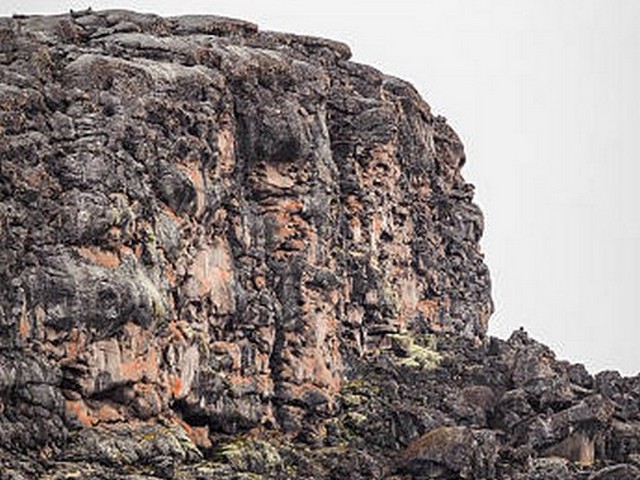Essential Trekking Gear for Kilimanjaro Adventurers: Your Ultimate Guide
Reaching the summit of Mount Kilimanjaro, the highest peak in Africa, is a dream many adventurers yearn to fulfill. As you visualize standing atop Uhuru Peak, gazing over the vast African landscape, it’s essential to remember that the right preparation is key to transforming this dream into reality. One critical aspect of this preparation is choosing the right trekking gear. At the Kilimanjaro Centre for Trekking and Ecotourism (KCTE), we understand that having the appropriate equipment can make or break your expedition. Thus, we’ve crafted this comprehensive guide on essential trekking gear for Kilimanjaro adventurers, ensuring you are well-prepared for the journey ahead.
Why the Right Gear Matters
Kilimanjaro’s trek encompasses multiple climate zones — from tropical rainforests to arctic summits. Each zone presents its own challenges, making it imperative to have versatile and durable gear. Proper equipment not only enhances your comfort but also increases your chances of a successful summit. Let’s delve into the essential trekking gear that every Kilimanjaro adventurer needs.
H2: Clothing: Layering Up for Diverse Climates
Base Layer
Your adventure begins with the right base layer. Opt for moisture-wicking fabrics like merino wool or synthetic blends that keep you dry and comfortable. Avoid cotton as it retains moisture and can lead to hypothermia in colder zones.
Insulation Layer
The insulation layer is crucial for retaining body heat. Fleece jackets or down vests are perfect as they are lightweight yet warm, and can be easily packed away when not needed.
Outer Layer
A waterproof and windproof jacket is non-negotiable. Conditions on Kilimanjaro can change rapidly, and this layer protects against harsh winds and rain. Pair this with water-resistant trekking pants that offer flexibility and protection.
Footwear: A Step in the Right Direction
Hiking Boots
Invest in high-quality, waterproof hiking boots with good ankle support. Break them in well before your trek to avoid blisters and discomfort.
Socks
Bring several pairs of moisture-wicking socks, and consider wool or wool-blend options that provide insulation and cushioning. Layering a thin sock under a thicker one can help prevent blisters.
Headgear and Handwear: Protecting Extremities
Hats
A wide-brimmed hat will shield you from the equatorial sun, while a thermal beanie will keep you warm during cold nights and summit attempts.
Gloves
Waterproof and insulated gloves are essential, especially near the summit where temperatures can drop below freezing.
H2: Backpack Essentials
Daypack
A sturdy daypack (30-40 liters capacity) is ideal for carrying daily essentials like snacks, water, and extra clothing. Ensure it fits comfortably and has waist straps to distribute weight evenly.
Hydration System
Staying hydrated is critical. A hydration bladder or water bottles that can carry up to 3 liters of water is recommended. Remember, the higher you trek, the more water your body needs.
H2: Sleep Systems and Shelter
Sleeping Bag
Choose a sleeping bag rated for at least -10°C. A liner can add extra warmth if needed and also helps keep your sleeping bag clean.
Sleeping Mat
A closed-cell foam pad or an inflatable sleeping mat will insulate you from the cold ground and provide cushioning for a better night’s sleep.
Accessories: The Devil is in the Details
Trekking Poles
These can be a knee-saver during descents and help with balance on uneven terrains.
Sunglasses and Sunscreen
High UV protection is crucial at high altitudes. Ensure your sunglasses offer 100% UV protection, and use a broad-spectrum sunscreen with SPF 50 or higher.
Headlamp
A reliable headlamp with extra batteries is indispensable for early morning summit attempts and nighttime movements.
First Aid Kit
Prepare a basic first aid kit with essentials like plasters, antiseptic cream, anti-inflammatories, and altitude sickness medication.
H2: Tech and Tools
GPS/Navigation Tools
While you will be accompanied by experienced guides from KCTE, having a GPS or a compass can add an extra layer of safety.
Power Bank
Keep your electronic devices charged with a durable power bank. It’s crucial for keeping in touch and capturing those unforgettable summit moments.
FAQ Section
What should I definitely not bring to Kilimanjaro?
Avoid any cotton clothing as it absorbs moisture, and overly heavy equipment that could weigh you down unnecessarily.
Can I rent some of this gear?
Yes, at KCTE, we offer rental options for major trekking gear like sleeping bags, trekking poles, and insulated jackets.
How do I best prepare for altitude sickness?
Acclimatize properly, stay hydrated, eat well, and consult with your doctor about medications like Acetazolamide.
Summary and Call-to-Action
Embarking on a Kilimanjaro trek is an exhilarating challenge that requires serious preparation. Equipping yourself with the essential trekking gear outlined in this guide will ensure you are well-prepared for what lies ahead. Remember, at Kilimanjaro Centre for Trekking and Ecotourism (KCTE), we are dedicated to providing you with not only expert guidance but also top-quality rental gear. Ready to conquer Kilimanjaro? Contact us today to book your adventure and ensure you have the best possible experience on Africa’s highest peak. Let the journey begin!




